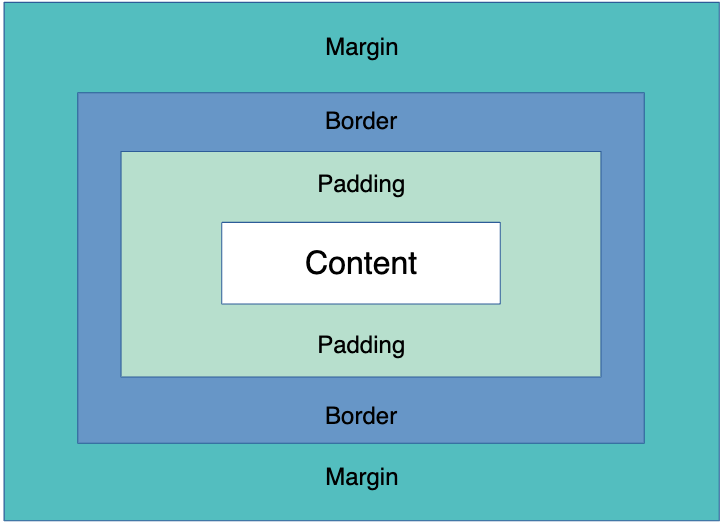Box Model in CSS
Introduction to the Box Model in CSS
Welcome to the start of our course on the Box Model in CSS. In this first section, we will introduce you to one of the fundamental concepts of web design. Understanding the Box Model will not only allow you to precisely manipulate the layout and arrangement of elements on a web page but also provide you with the foundation to understand more advanced CSS concepts.
What is the Box Model?
The Box Model is, in essence, a set of rules that CSS uses to calculate the space each element occupies on the screen. Every element on a web page is considered as a box, and this box has several properties that define its final size and relative position.
The properties that make up the Box Model are:
- Content: The content area, where text or images are displayed.
- Padding: Space between the content and the border.
- Border: The border that surrounds the padding (if it exists) and the content.
- Margin: The space outside the border.
These properties allow designers to control the spacing and arrangement of elements precisely. Next, we will see how each of these properties affects the way elements are displayed.
Visualizing the Box Model
To better understand the Box Model, we can visualize it with the following diagram:
 Screenshot 2024-04-20 at 1.10.38 PM.png
Screenshot 2024-04-20 at 1.10.38 PM.png
Each layer adds to the previous one to form the total space an element occupies. In the upcoming sections, we will explore how we can manipulate each of these layers to design our elements effectively.
Why is the Box Model important?
Understanding the Box Model is crucial because it directly affects how elements align and distribute on a page. A common misunderstanding can lead to cluttered designs or elements that do not behave as expected. Throughout this course, you will learn not only how to avoid these mistakes but also how to use the Box Model to create attractive and responsive designs.
In summary, the Box Model is the foundation upon which all web designs in CSS are built. Mastering this concept will open the door to more advanced techniques and enable you to create more complex and refined interfaces.
Support Chuck’s Academy!
Enjoying this course? I put a lot of effort into making programming education free and accessible. If you found this helpful, consider buying me a coffee to support future lessons. Every contribution helps keep this academy running! ☕🚀

Chat with Chuck














